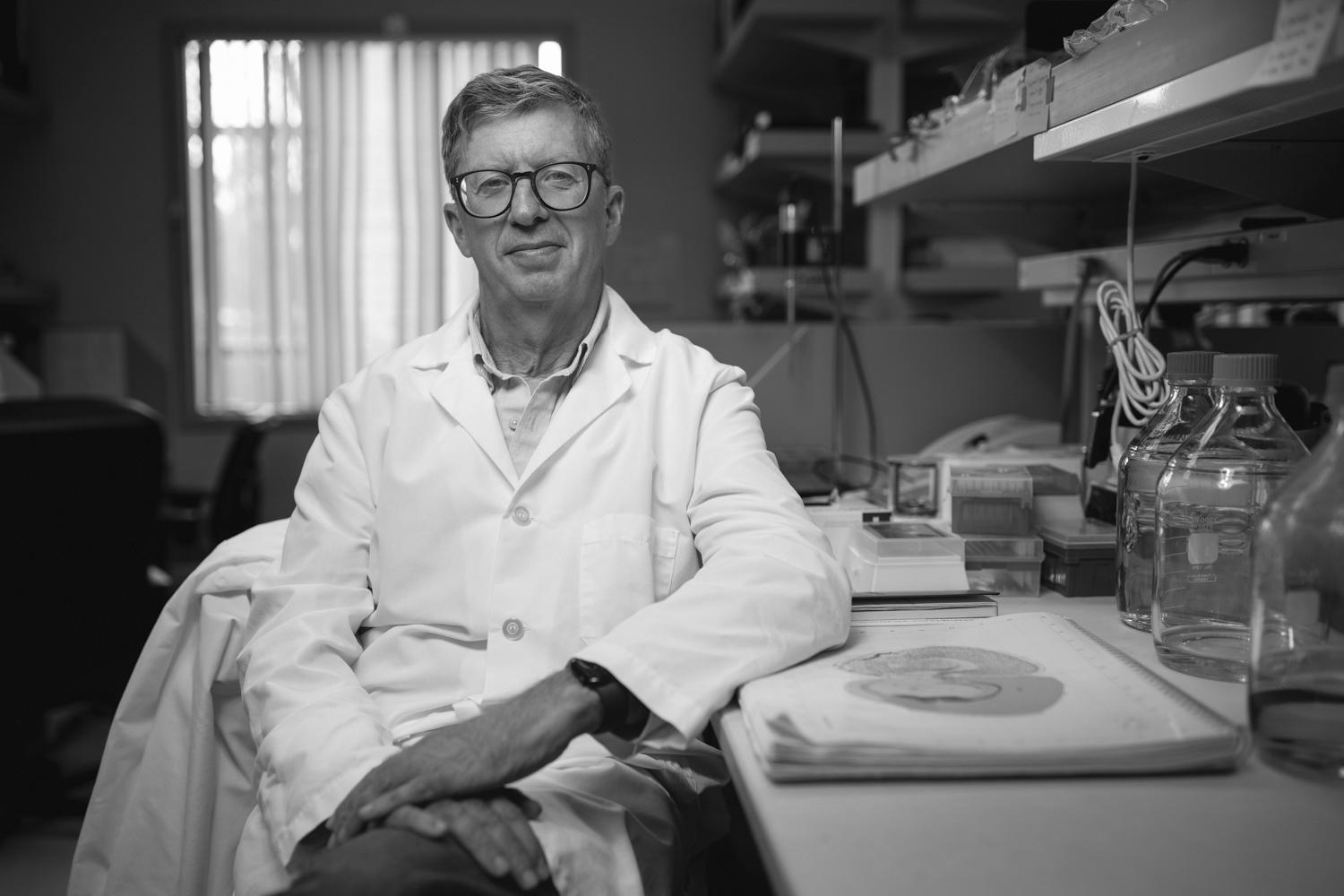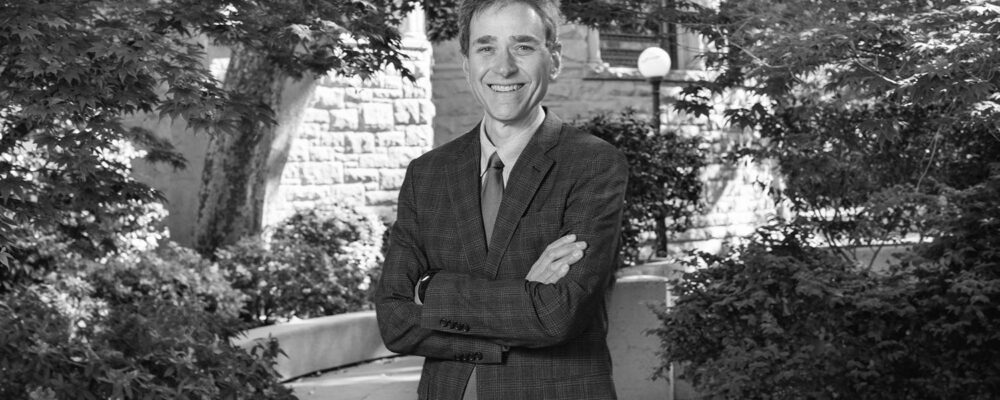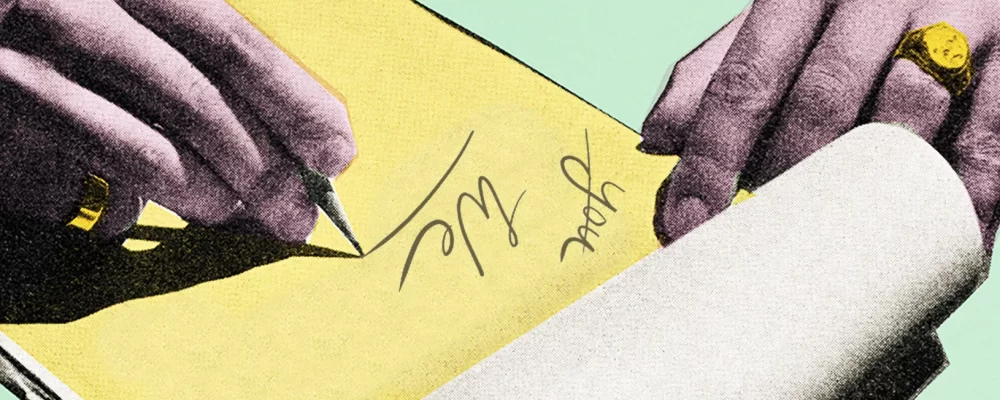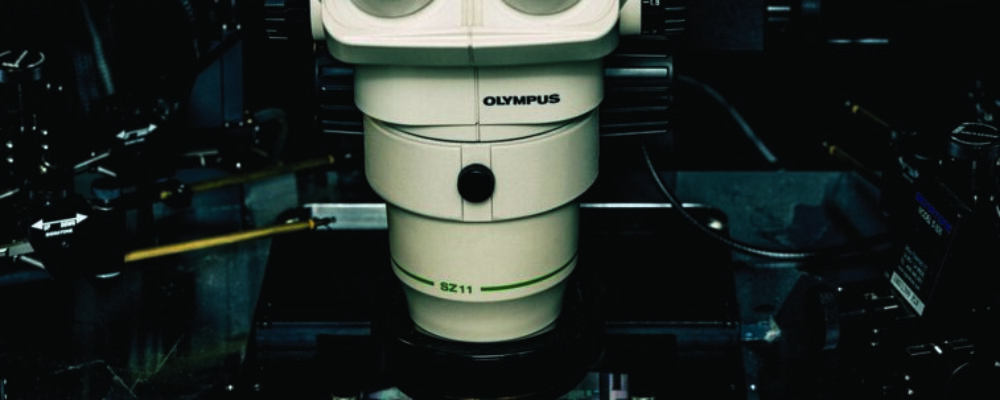In the “Research Matters” series, we visit labs across campus to hear directly from Stanford scientists about what they’re working on, how it could advance human health and well-being, and why universities are critical players in the nation’s innovation ecosystem. The following are the researchers’ own words, edited and condensed for clarity.
Something like 30 percent of the general population will experience sleep problems in their lifetime. That’s a lot of people.
And the link between sleep disorders and neuropsychiatric disorders is mind-boggling. Eighty percent of autistic children experience sleep problems; pretty much the same for Parkinson’s and Alzheimer’s patients. The list goes on.
But the techniques that are used for sleep intervention now are not optimal. Sleeping pills are not good for you. It takes forever to get drugs approved by the conventional routes. Nothing works very well.
In my lab, we’re trying to understand why we sleep, how sleep is regulated, what happens in our brains when we sleep, and what happens when sleep goes awry – and trying to fix that.
There are three branches of that work.
One is to map the neural circuitry underlying sleep-to-wake transitions – so we know which neurons are active during wakefulness, sleep, and REM sleep, what causes changes in their activity, and how we can manipulate that activity to optimize sleep.
The tools to do that were not present initially. But the first person I talked to at Stanford was Karl Deisseroth, who had just published his first paper on optogenetics, in vitro. We had the vision, if we can do this in vivo (in a living animal) and with sleep circuits, then we can control sleep. And that’s essentially what happened.
So we pioneered this approach, and we’ve been doing it for about the last 15 years.
The second branch is focused on bigger questions: What does sleep do? One of the hypotheses we’re entertaining is that one of the functions of sleep is to repair DNA that has been damaged during wakefulness. This is a relatively new hypothesis, and we’re working in collaboration with many different labs to address it, trying to develop methods that will allow us to monitor DNA breaks and repair in real time.
The third branch is translational: How can we leverage all of the knowledge we’ve accumulated over the last 20 years, connect the dots, and apply it for humans? That would be implemented by companies, by commercial products derived from our ideas.
I was attracted to science because it’s all about new things – innovation, proving and disproving, testing. This is what continues to bring me joy – that every day is different.”
We’ve stumbled upon ultrasound as one technique. It’s a non-invasive neuromodulation method that allows us to target the circuits that we have characterized to be important at sleep-to-wake transitions. But we don’t know why and we don’t know how. The answers would have implications in neuroscience and psychiatry and beyond.
So the dream goal is to understand all of the elements that control sleep. I think we can do that in 10, 15, 20 years. I used to think it was impossible, but step by step, we’ve made a huge amount of progress.
I was attracted to science because it’s all about new things – innovation, proving and disproving, testing. This is what continues to bring me joy – that every day is different. And the enthusiasm of my trainees. They bring so much energy and passion, and it inspires me, honestly. Their energy is contagious.
“Stanford University, officially Leland Stanford Junior University, is a private research university in Stanford, California. The campus occupies 8,180 acres, among the largest in the United States, and enrols over 17,000 students.”
Please visit the firm link to site






